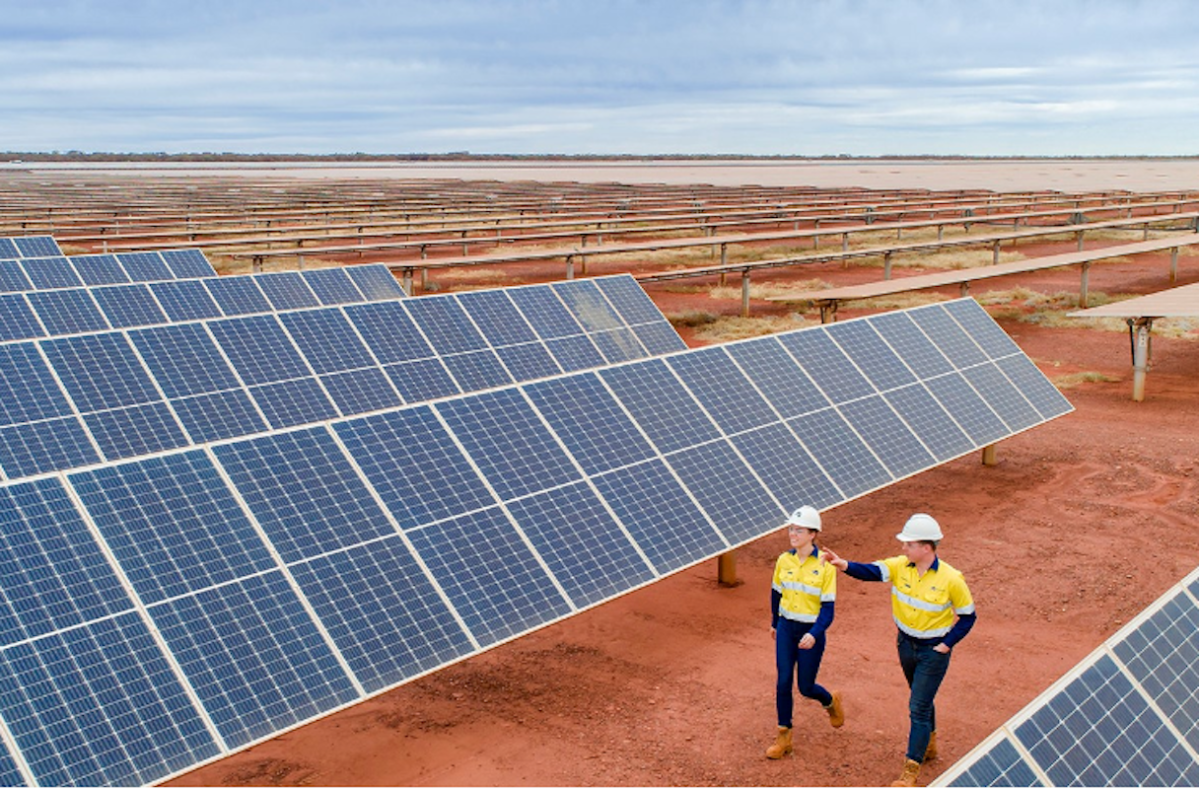The Sun Cable project was slated as “the world’s largest solar energy infrastructure network”. A huge 20-gigawatts of power would be produced in the North Australian desert, delivered to Asian buyers along a 4,200 km cable. Doubters claimed the engineering would never work, but instead it was a clash of the billionaire owners that stopped development when it went into administration.
Renewed hope comes with the news that Grok Ventures, supported by Quinbrook, had won control of the project and its assets from Andrew Forest.
Grok is the family office of Mike Cannon-Brookes, while Quinbrook is a global infrastructure investor. The consortium have reached agreement to buy the project from administrators. It’s set to pursue the original goal of exporting solar power to Singapore and other countries along the route.
Mr Forrest said his company was ‘unconvinced of the commercial viability’ of sending the power to Asia.
Mike Cannon Brookes said its: “A big step in the right direction. We’ve always believed in the possibilities Sun Cable presents in exporting our boundless sunshine, and what it could mean for Australia. It’s time to stretch our country’s ambition. We need to take big swings if we are going to be a renewable energy superpower. So swing we will.”
It’s an ambitious project, and it’s only just begun (again), apart from the engineering challenges of laying the world’s longest and deepest sub-sea cable, which will be powered by the world’s largest solar array, there are emerging political sticking points, with Singapore not yet convinced of the reliability of the power source, awhile the NT government is keen to ensure local industry has access to cheap power as well.
Sun Cable was originally founded in 2018 by a team of people based in Singapore and Australia, including current chief executive David Griffin.

